Here’s an Early Sneak Peek at NVIDIA’s Upcoming RTX 4060
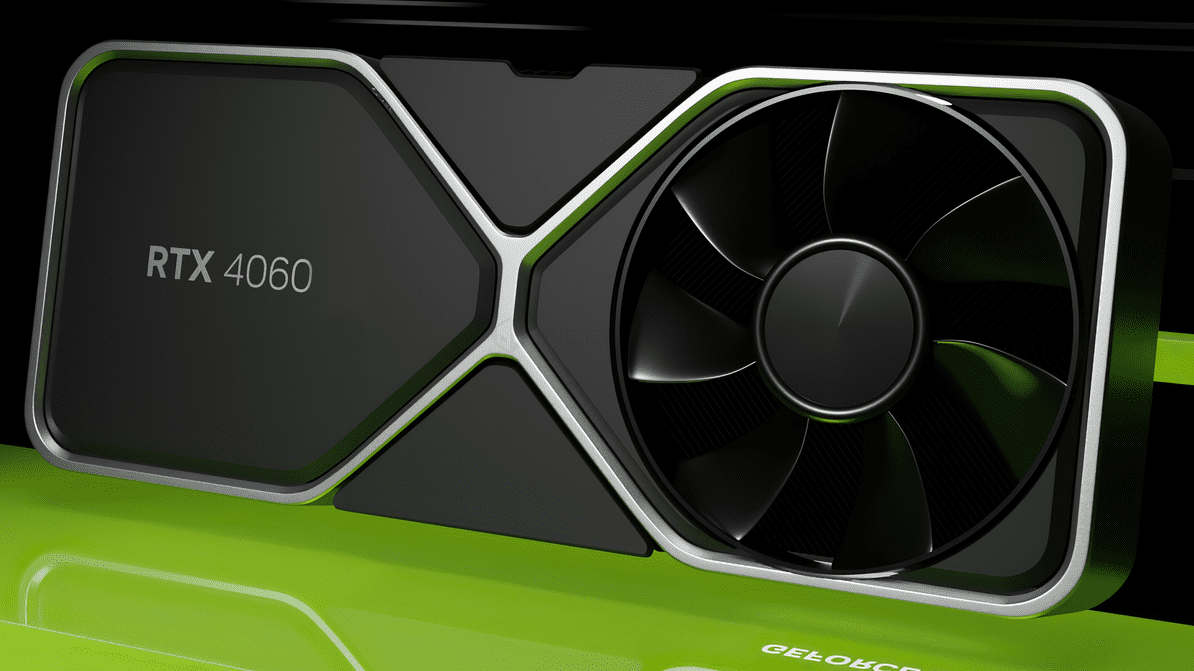
NVIDIA is set to launch its budget-oriented RTX 4060 in just a few days. While the GPU is still under embargo, tech YouTuber RandomGaminginHD has given us a sneak peek of what to expect. Do note that this video still complies with NDA policies, which we will explain below. Here is an initial review of the RTX 4060.
The RTX 4060
NVIDIA’s RTX 4060 is the successor to Ampere’s RTX 3060 which launched ~2 years ago. The RTX 4060 features 8GB of GDDR6 memory over a 128-bit memory interface. This amounts to 288GB/s of bandwidth, though NVIDIA says that the effective bandwidth stands at 554GB/s thanks to the 32MB of L2 cache.
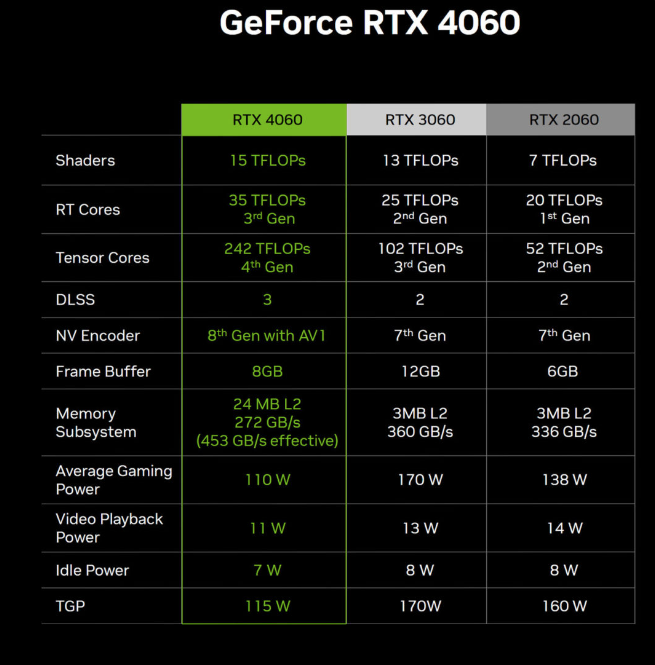
This GPU features the AV1 encoder, which is a key component of GPUs in this generation, from all 3 manufacturers. Furthermore, the raw compute performance stands at 15 TFLOPs, 2 TFLOPs higher than the RTX 3060.
An Initial Review
Now, the RTX 4060 is still under embargo, however, RandomGaminginHD was invited by NVIDIA to give an initial overview of the GPU. This is important from a sales point of view, because the RTX 4060 will seem like a favorable upgrade choice to many Turing, Pascal, and Maxwell users. The RTX 4060’s performance from this short review is actually impressive.
The performance metrics only show the FPS, with no information about power consumption and other important stuff. Similarly, only Cyberpunk 2077 has been showcased, being an initial review. Still, this is probably the best look at the RTX 4060 we will get until the embargo is lifted.
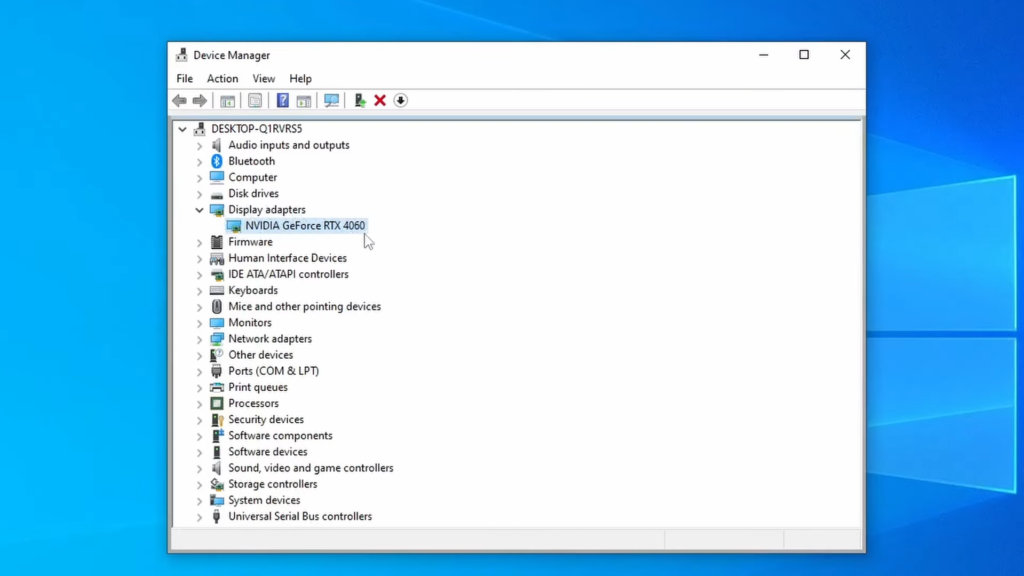
Performance
At 1080p Ultra with RT set to Ultra as well, the RTX 4060 manages to score 40-50 frames while driving around in Badlands. That is somewhat impressive, considering that raytracing has a significant impact on the FPS, in extreme cases.
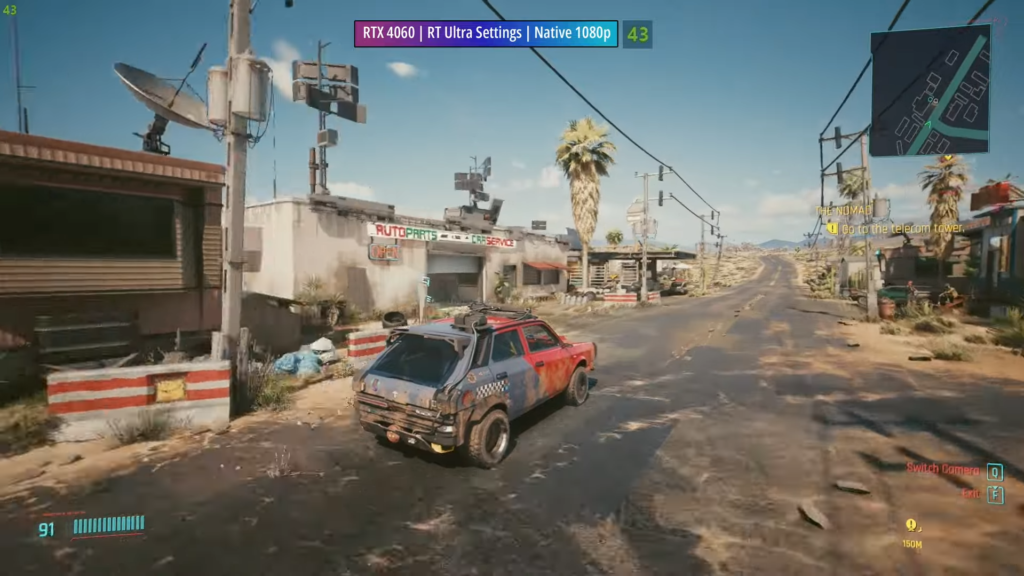
To better show the beauty of Cyberpunk, the RTX 4060 downtown night city crumbles to the mid-high 30s in Downtown Night City.
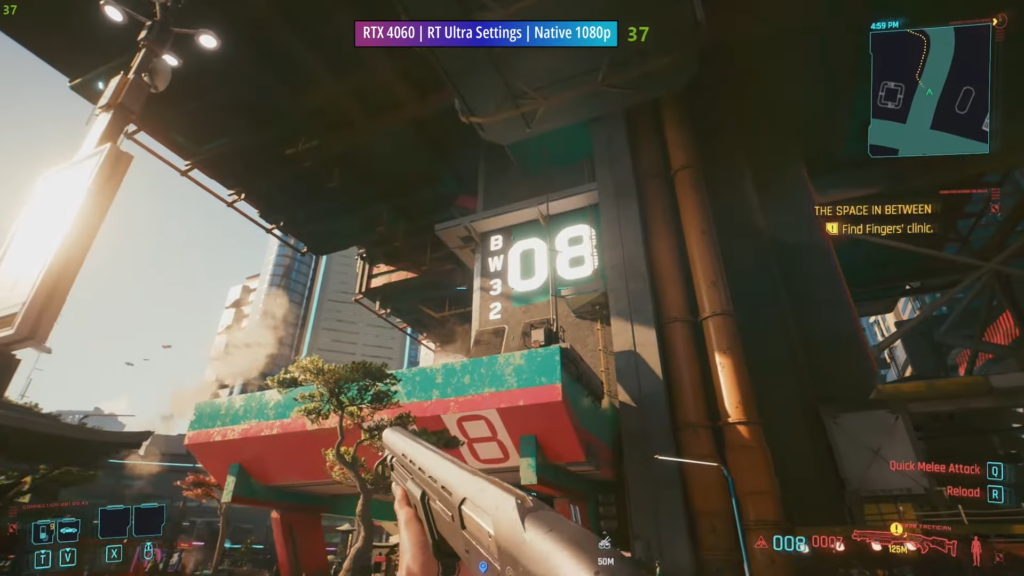
From Turing (RTX 20), DLSS has been a viable option if the framerate falls short of expectations. As such, using DLSS with the Balanced preset under the same settings, the FPS increases to 70-80 FPS.
It is pertinent to mention that DLSS can make the image appear smoother, in a bad sense. So it is up to the implementation and the user’s preference because many would prefer DLSS to remain at High Quality for maximum graphical fidelity.
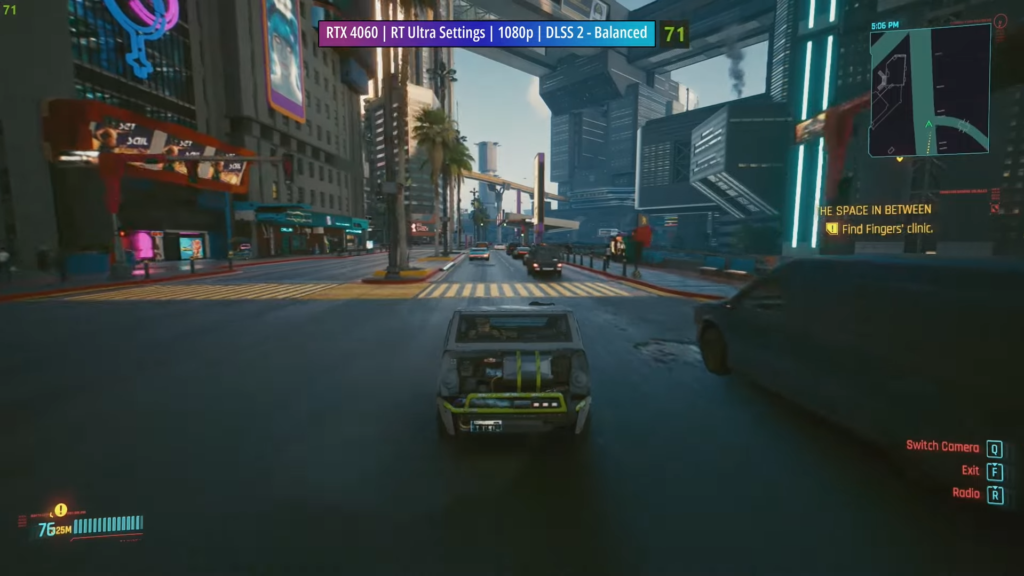
Frame Generation is a key selling point of Ada Lovelace and will be the talk of the town once this GPU releases. Do note that frame generation leads to higher latency, so jumping from 60 FPS to 144 FPS may not feel as smooth as actual 144 frames a second would, due to higher frametimes.
Frame Generation combined with DLSS Balanced can net users higher than 100 FPS in most scenarios. Do note that the RTX 4060 is a sub-100W GPU (if tuned), so these results can lead to insane efficiency numbers.
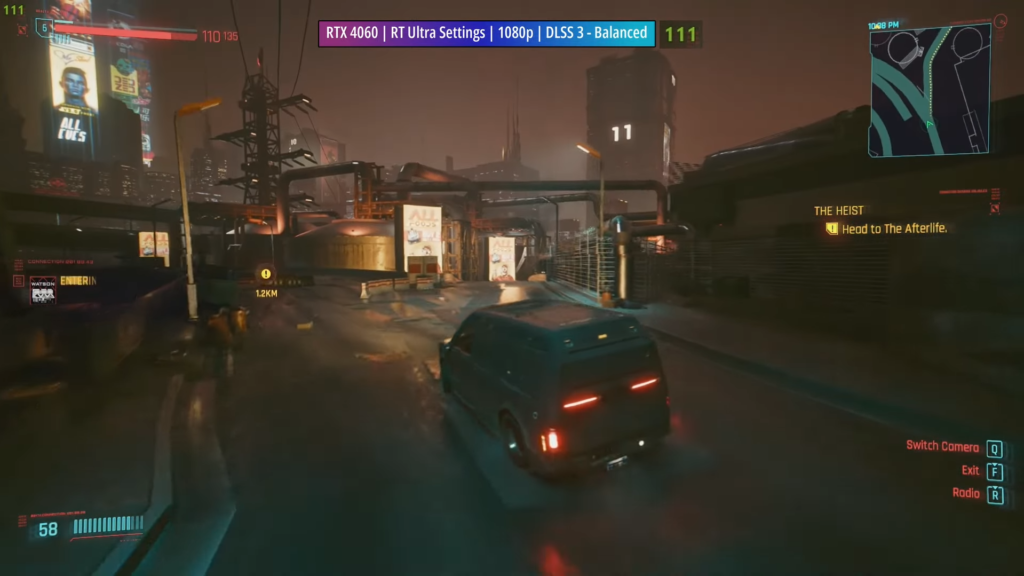
Frame Generation, A Game Changer
To better show the increase in FPS you can expect, here’s a comparison between DLSS and DLSS + Frame Generation. A small button can amount to a 2.5x increase in FPS, which is just insane. But as explained enough, higher FPS ≠ a smoother experience, if the frametime graph doesn’t change accordingly.
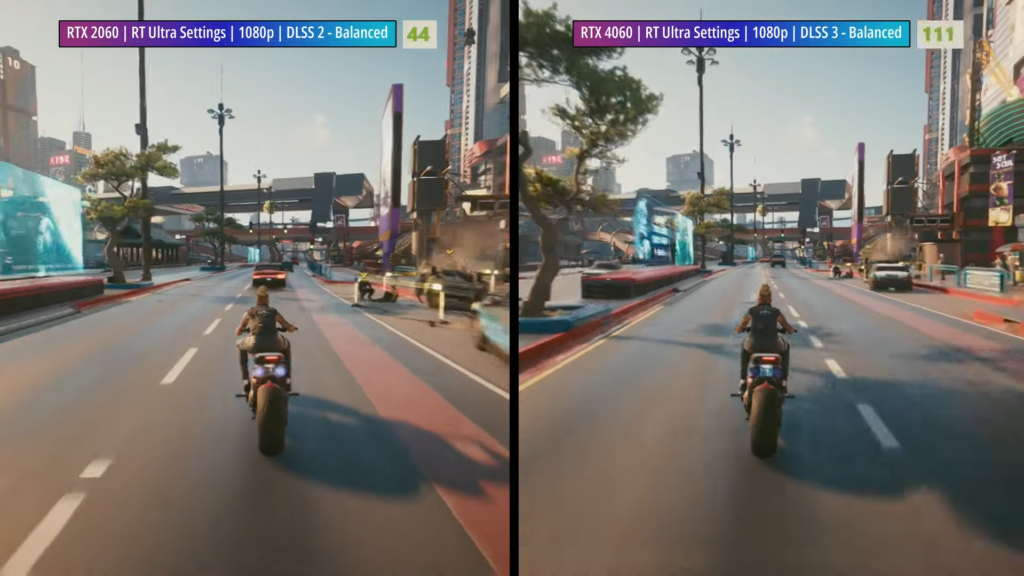
Summary
The RTX 4060 is probably one of the best GPUs this generation if we look at the price-to-performance ratios. Although, that should speak volumes of how gamers have perceived Ada Lovelace as a whole. In any case, for roughly the same price as last-gen, you are getting 10-15% higher FPS and much higher efficiency.
Until the embargo is lifted and reviews for the RTX 4060 go live, is not possible to say much about the value of this GPU. However, we cannot wait to see the RTX 4060’s performance at <100W levels.
Source: RandomGaminginHD





